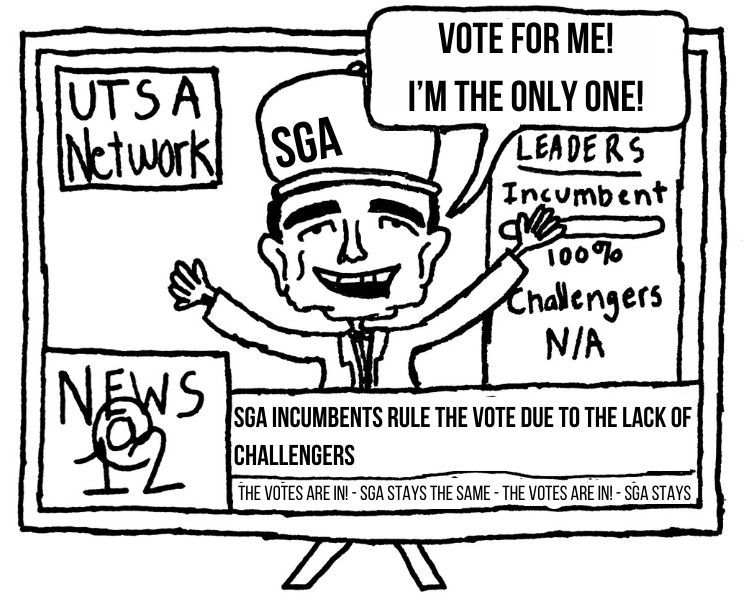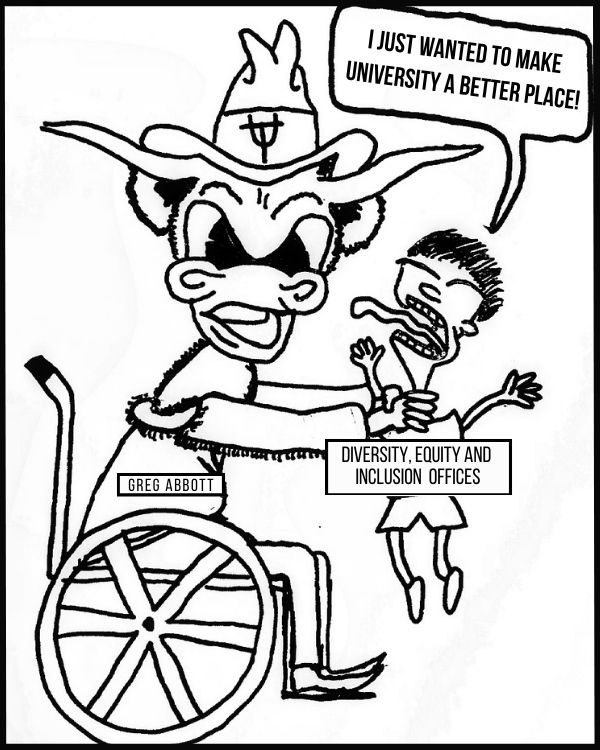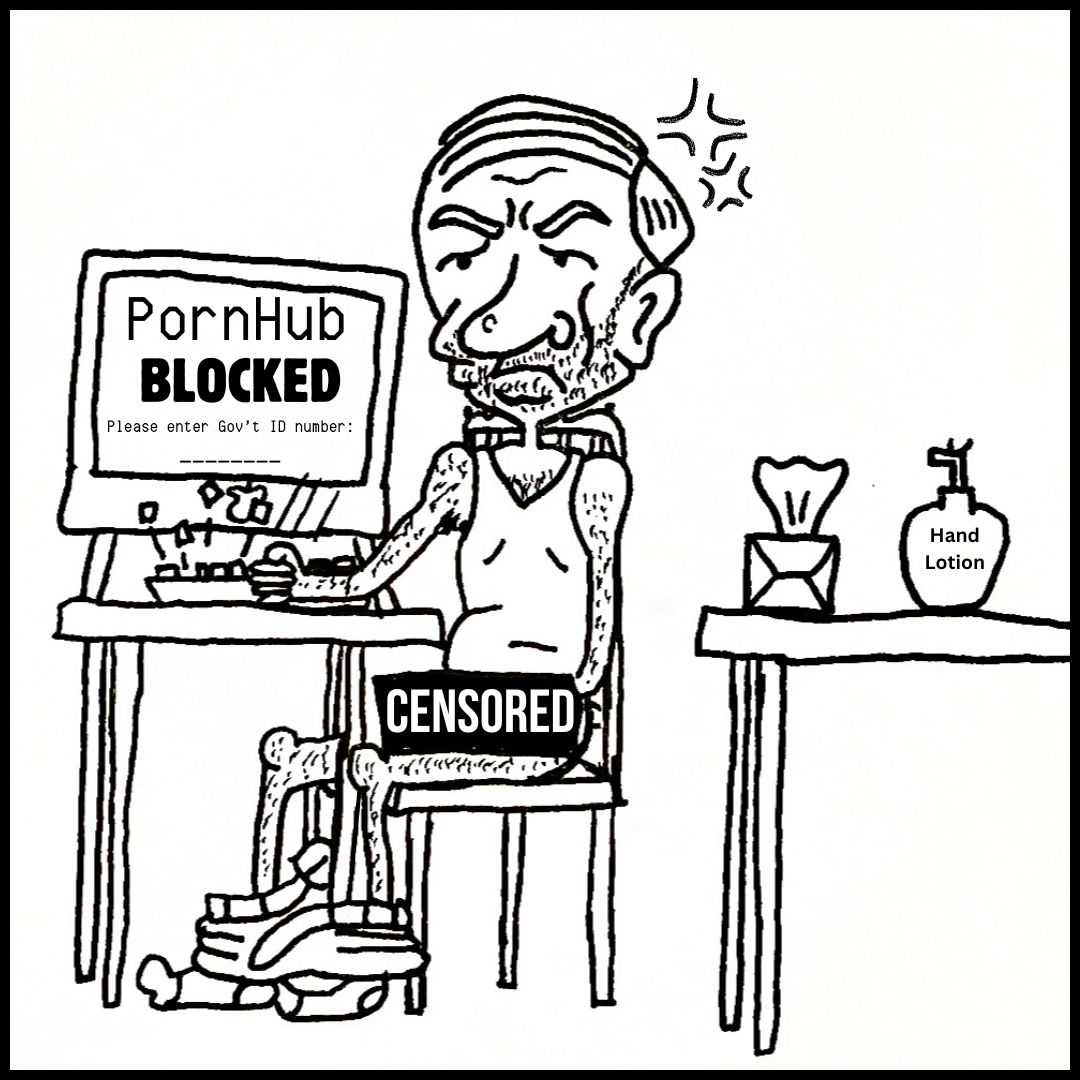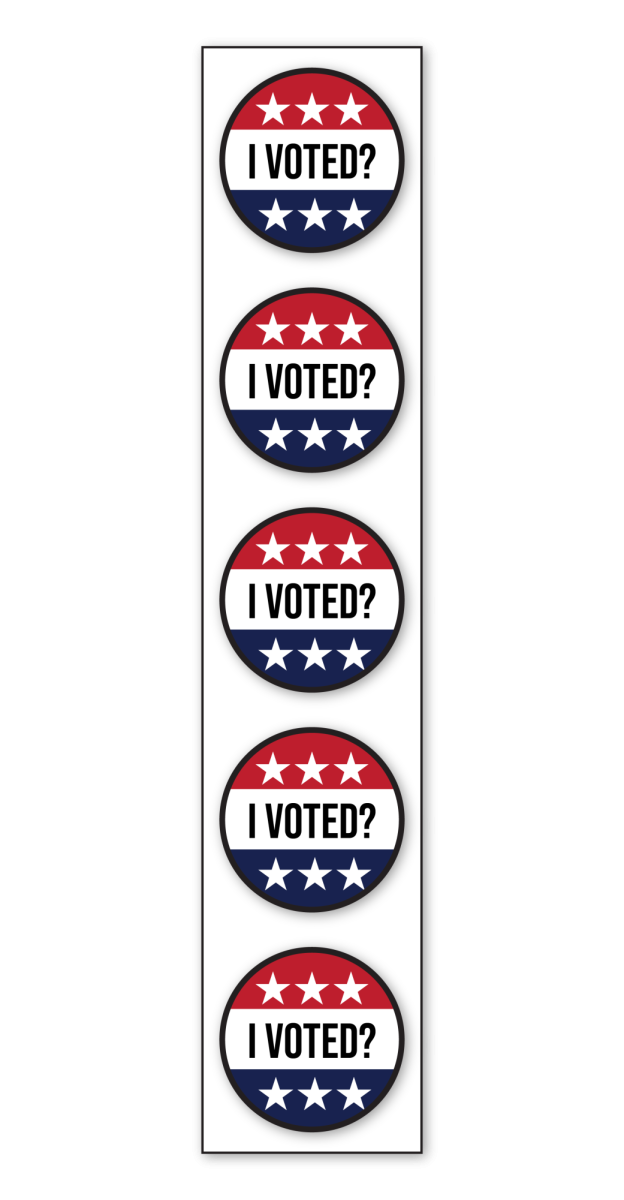Last Friday, 25-year-old Abie Kyle Ikhinmwin, a criminal justice major at UTSA, was arrested by SAPD after taking pictures of a speed trap along Highway 281.
Ikhinmwin claimed that she was harassed and that the officer dragged her by the hair into the back of a squad car.
According to KENS 5, in May of last year San Antonio Park Police violently beat a woman that had gone into the wrong bathroom at a gas station. Officers then deleted a recording the victim’s brother had taken of the incident, which was later recovered as evidence.
Last December, a University of the Incarnate Word police officer shot and killed an unarmed UIW student during a traffic stop. An investigation has since been launched, and authorities are attempting to uncover details that led up to the incident.
Police brutality and accusations of harassment are invariably a divisive issue, especially when it comes down to a matter of he-said she-said. Events like these only serve to enhance public doubt and fear in regards to law enforcement officials. This type of backlash hurts both law enforcement and the public they are employed to protect.
This past January, according to the San Antonio Express-News, “San Antonio Police Chief William McManus notified city officials that his department is eyeing new technology to enhance confidence in officers and the public.”
McManus was referring to the possible use of body cameras that would be worn by police officers in an effort to enhance accountability for both officers and the public.
Police officers in Rialto, Calif. participated in an experiment between February 2012 and February 2013 that tested the efficacy of these officer-worn cameras. According to the Police Foundation, which conducted the study, the experiment measured the effect of cameras on “self-awareness and ultimately socially-desirable behavior.” During the testing period, complaints against Rialto police declined 88 percent from the previous year.
Despite the seeming effectiveness of these cameras, many departments are hesitant to make these electronic watchdogs a requirement.
The country’s police unions also vehemently oppose the idea of requiring body worn cameras. The Patrolmen’s Benevolent Association, which represents NYPD rank-and-file, announced its members would not comply with an imposed camera requirement. Then-New York City Mayor Michael Bloomberg supported the resistance, and noted that the prospect itself was “a nightmare.”
This resistance is despite the fact that lawsuits against the NYPD reached a historic high in 2011 at $185 million.
And these lawsuits are not limited just to New York — according to KENS 5, this past January a woman who claims to have been sexually assaulted by a San Antonio police officer filed a $10 million lawsuit in a federal court. When a pilot program for body cameras has been estimated at as little as $150,000 the case for monitoring police interactions is not just a moral one, but a financial one as well.
Law enforcement officers and the public alike should embrace the idea of accountability in the light of the volatile potential these encounters can hold.
Excessive force and harassment accusations can be inherently biased and distorted in the wake of elevated tensions, emotions and a faulty human memory. Cameras offer an objective perspective on situations that are often decidedly grey.

















